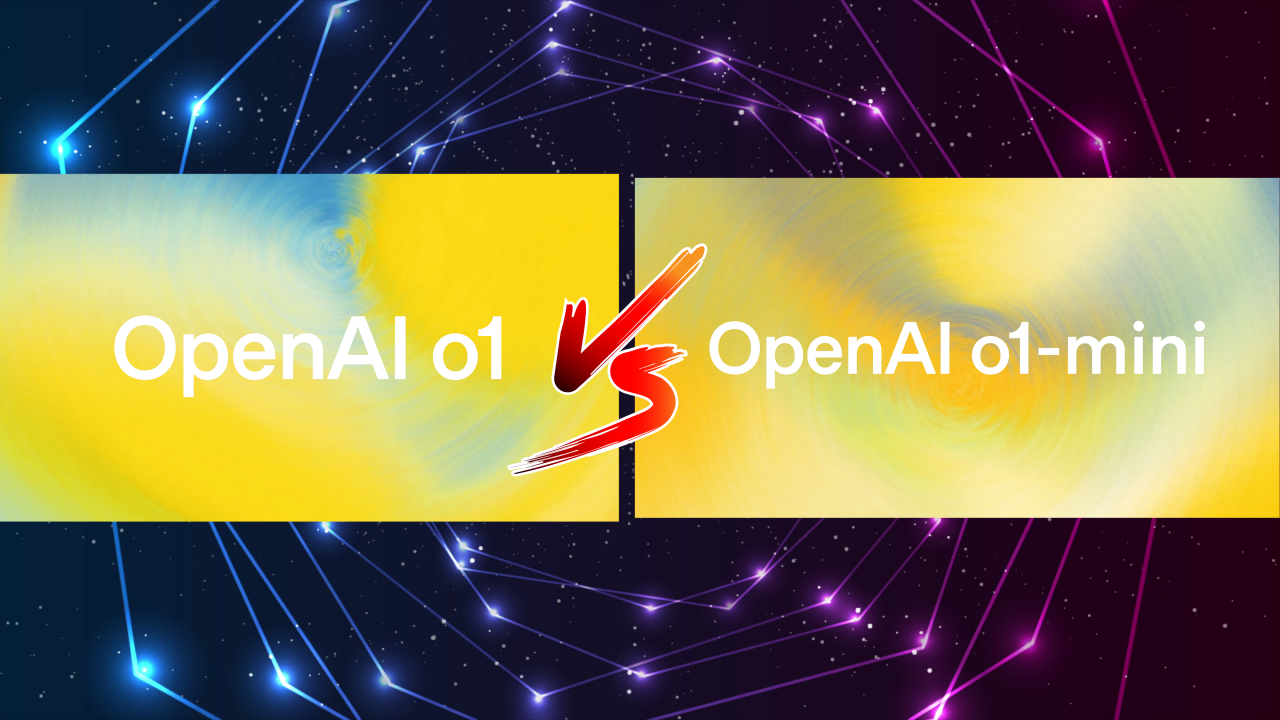
OpenAI O1 vs. OpenAI O1 Mini: A Deep Dive into the Latest in AI Language Models
In the ever-evolving landscape of artificial intelligence (AI), OpenAI continues to lead with groundbreaking innovations. Among its latest offerings are the O1 and O1 Mini models. Understanding the differences between these two models can help businesses and developers choose the right tool for their needs. This comprehensive guide will explore the features, capabilities, and applications of OpenAI O1 and O1 Mini, and compare them in detail.
What is OpenAI O1?
OpenAI O1 is a cutting-edge language model designed to tackle a wide range of natural language processing (NLP) tasks. It represents a significant advancement in AI technology, providing powerful tools for understanding and generating human-like text.
Key Features of OpenAI O1
What is OpenAI O1 Mini?
OpenAI O1 Mini is a scaled-down version of the O1 model, designed to provide many of the benefits of its larger counterpart while being more resource-efficient. O1 Mini is ideal for situations where computational resources are limited but high-quality language processing is still required.
Key Features of OpenAI O1 Mini
OpenAI O1 vs. OpenAI O1 Mini: A Comparative Analysis
Performance and Capabilities
Application Scenarios
Cost and Resource Considerations
领英推荐
FAQs
1. What are the primary differences between OpenAI O1 and O1 Mini?
OpenAI O1 offers advanced capabilities and high performance for complex language tasks, while O1 Mini provides a more resource-efficient alternative with lower computational requirements. O1 is suited for large-scale applications, while O1 Mini is ideal for scenarios with limited resources.
2. Can OpenAI O1 Mini be used for real-time applications?
Yes, O1 Mini is designed with reduced latency and faster processing times, making it suitable for real-time applications such as chatbots and interactive tools.
3. How do I choose between OpenAI O1 and O1 Mini for my project?
Consider the scale and complexity of your project, as well as your budget and resource constraints. O1 is ideal for high-performance, large-scale applications, while O1 Mini offers a cost-effective solution for smaller projects or those with limited resources.
4. What are the cost implications of using OpenAI O1 compared to O1 Mini?
O1 generally incurs higher costs due to its extensive computational requirements, while O1 Mini is more cost-effective and suitable for budget-conscious projects.
5. Are there any specific use cases where O1 Mini outperforms O1?
O1 Mini excels in scenarios where efficiency and cost are more critical than raw performance, such as small-scale applications, educational tools, and real-time interactions with limited resources.
Conclusion
OpenAI’s O1 and O1 Mini represent significant advancements in the field of AI language models, each offering unique strengths and capabilities. By understanding the differences between these models, businesses and developers can make informed decisions about which tool best suits their needs. Whether opting for the high-performance capabilities of O1 or the resource-efficient design of O1 Mini, both models contribute to the ongoing evolution of AI technology.
For more in-depth information and resources, explore:
By leveraging these models, you can harness the power of AI to enhance your projects and drive innovation in your field.
$6M in Product Sales Revenue | Social Media Marketing and Performance Marketing Expert for Finance and Ecommerce Companies | SEO Organic Growth | Advertising Agency
1 个月Love this breakdown of O1 vs. O1 Mini! It's all about finding the right balance between performance and efficiency. I can totally relate—just like when I’ve worked on scaling brands, choosing the right tools and approach makes all the difference. Thanks for sharing these insights, really helpful!